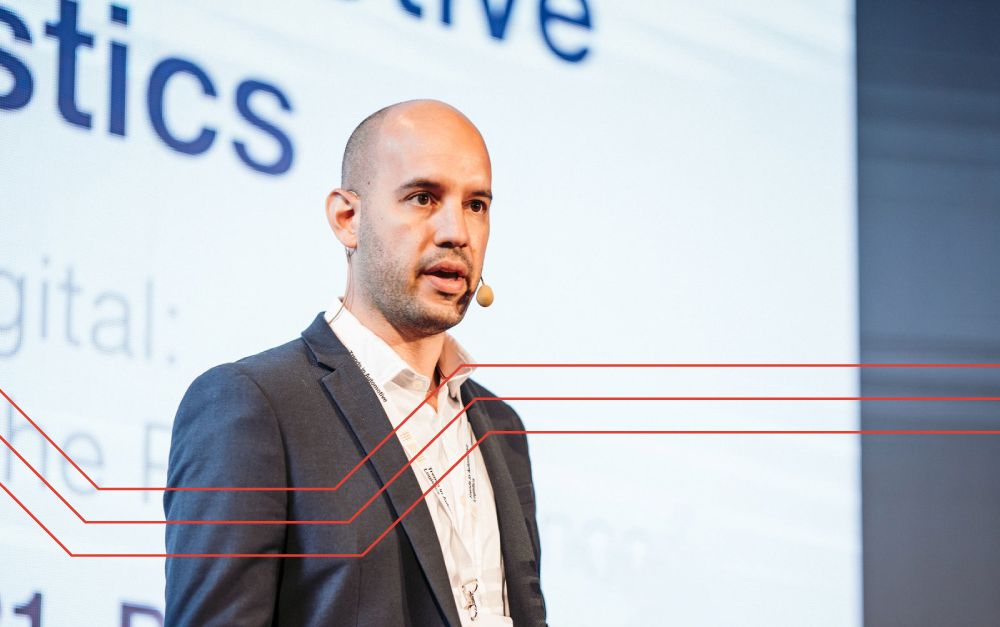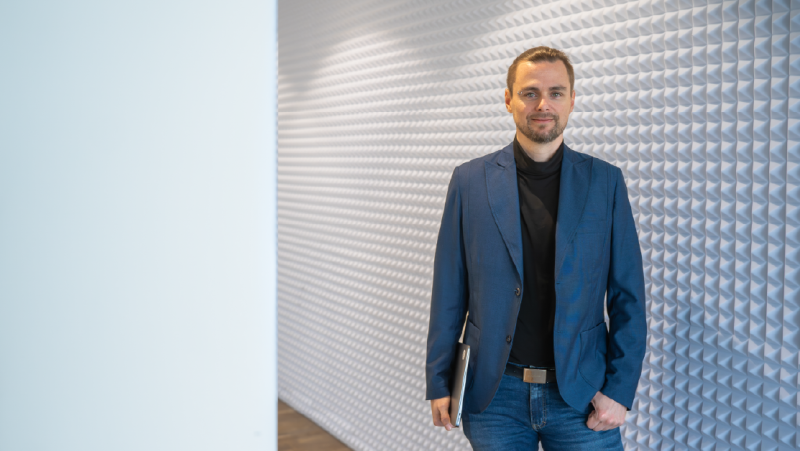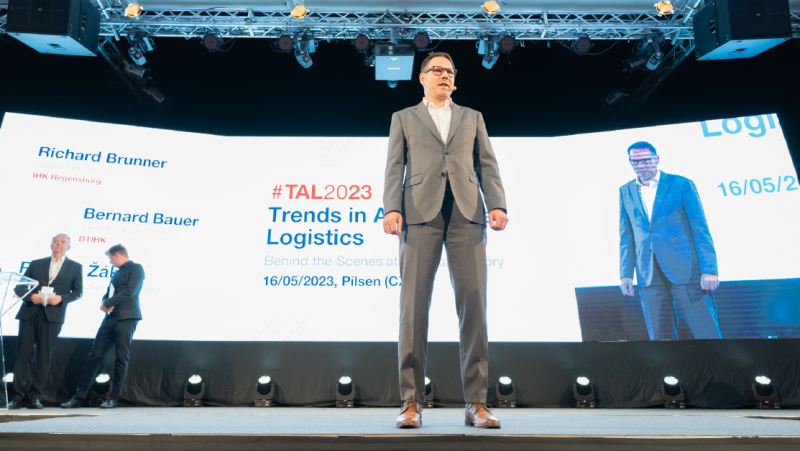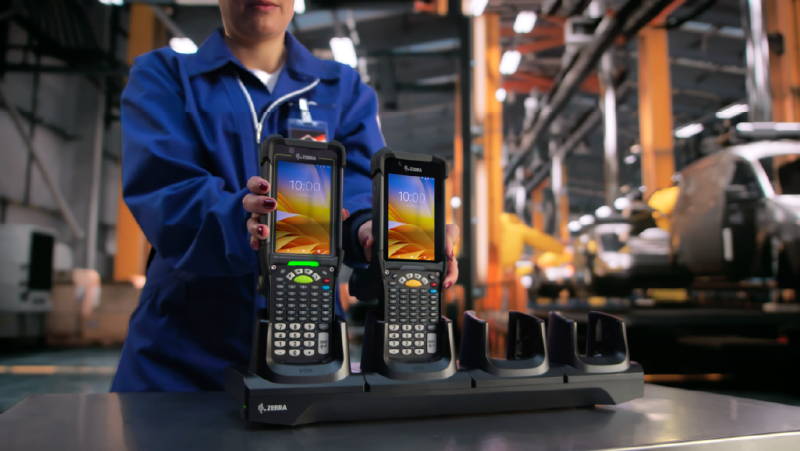The supply chain inside out: SEAT starts with the end customer
- Trends
- Article
Innovative technologies and digitalisation are inexorably entering supply chains. Thanks to them, it is also possible to abandon traditional practices, as demonstrated by the presentation of representatives of the Spanish company SEAT:CODE at the Trends in Automotive Logistics (TAL) 2021 Conference, which took place in Pilsen.
Paul Palmero Martinez and José Marín Ruiz are the managers of SEAT:CODE, a "digital lab" with around 200 developers that belongs to the Spanish car company SEAT. The role of this company is to seek and find future paths for the automotive industry in the field of digitalization and new technologies. Luca di Melo, the current CEO of Renault, was one of its founders. And this "laboratory" is already delivering results. One of them is the revolutionary change of the entire SEAT supply chain.
Know the demand
"As we know, the automotive industry is going through major changes," Martinez said at the outset. Some have been faster, others slower, but the common denominator is the natural desire to adapt to new customers, environments, political and social factors and, of course, to take advantage of technological advances.
In the case of digitalisation, we are primarily talking about the overall transformation of companies, not the piecemeal introduction of digital innovations, Martinez continued. Transformation can take place in two directions: from below or from above. The problem with the one implemented from above, according to Martinez, is that the innovations introduced often miss the needs of the market. That's why the really successful transformations almost always come from end-user demand. Ruiz reminded that digitisation is not about a specific process, but a series of technological trends. He considers data to be the most important, which he says is the new gold. "We can sell the data, we can analyse it, it helps us achieve our goals," Ruiz explained, before demonstrating the power of properly evaluated data. But where to get them? According to Martinez, you need to process sources from SAP, excel spreadsheets, but mainly EDI reports from suppliers. It is EDI communication that is the cornerstone, which is constantly evolving. If it can be integrated into a logical chain of other data communication methods, it will enable real-time data handling.
Customer first
Ruiz outlined the changes in the whole concept of the SEAT Group's supply chain: "Normally, production as follows: companies start out with a forecast, try to use the available capacities to the maximum, followed by distribution and then the customer at the end. We reverse the process and start with the customer. Because when customer preferences change, in traditional terms it takes a long time for the information to get to the top and for the whole chain to react to the change. A lot of money is wasted. But if we start with the customer and their needs, we know in advance what the demand is, we have a better idea of distribution and resourcing." Sounds simple, but how do you know what the customer is asking for?
It all starts on the web
SEAT:CODE built the website according to the "customer first" concept. "The customer comes to a web portal where they choose what kind of car they want, what colour and other specifications. This is the basis for all other links in the chain. First, this demand is registered by distribution, which requests it after production. In production, they know what specific specifications to produce, what parts to order and so on," Ruiz explained, adding that in the end there is a saving in planning and purchasing materials from subcontractors. They also already have access to this site, which streamlines delivery. An example of this is microchips, which have been in short supply on the market in recent months. This tool helps to ensure that only cars that are really in demand go to market. "It works the other way around. If a supplier is unable to provide a part, we contact the customer and offer them an alternative," continued the Spanish manager.
Like a spider web
Another innovation of SEAT:CODE is the "control tower", which is designed to monitor processes in the supply chain. It's not just a toy for corporate managers "who like big screens", but also includes web and mobile apps that allow customers to see where their order currently stands and even edit it. Every customer who orders a car will receive a unique code to access their order.
The system works like a spider web. Whatever happens in any part of it, everyone involved knows about it immediately.
From a distribution point of view, what is beneficial about this system is that it provides a perfect overview of the current stock levels at each dealership, at each transshipment point. It also tracks the movement of all suppliers' truck delivering auto parts. Suppliers themselves can join the system. Production and parts supply coverage is then calculated not in days but in hours. As soon as any bottleneck, shortage of material, change of specification, etc. occurs at any stage of the chain, the control tower immediately informs the responsible points by an "alert". So the system actually works like a spider web. Whatever happens in any part of it, everyone involved knows about it immediately.
The whole process works through the flow of data through the chain from the customer to the parts suppliers. In the opposite direction, the product is created and flows to the customer in a cost-effective and efficient way, who receives exactly what he or she ordered. At the beginning of the lecture, Ruiz asked the question: "Why digital?" And he answered it: "Because we want to increase profits. But everyone has to find the right solution for themselves," the manager said. They have found it at SEAT.
Which way to EDI? We'll be your guide.
Do you dream about error-free and effective communication with your customers and suppliers? We can help you.
>> Schedule a non-binding consultation with our expert.

Marek Šabatka
Share article
Top stories from logistics, production and IT.
Subscribe to Aimtec Insights
By registering, you agree to the processing of your personal data by Aimtec as described in the Privacy policy.
Get top stories and articles
from Logistics, Production and IT.
Subscribe to Aimtec Insights
By registering, you agree to the processing of your personal data by Aimtec as described in the Privacy policy.






